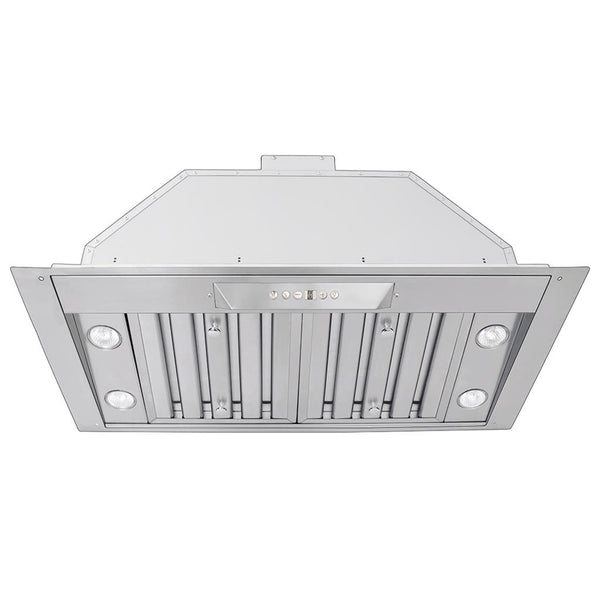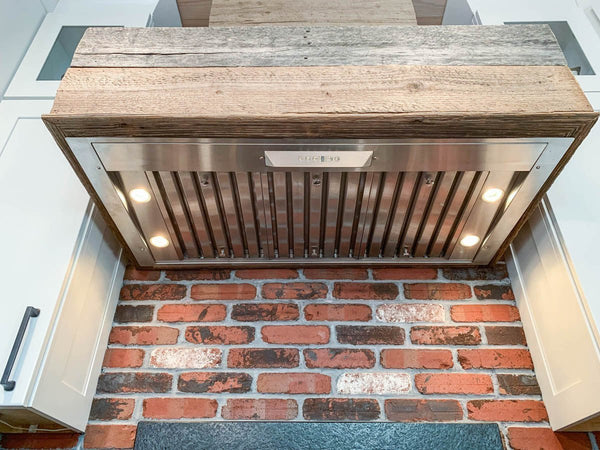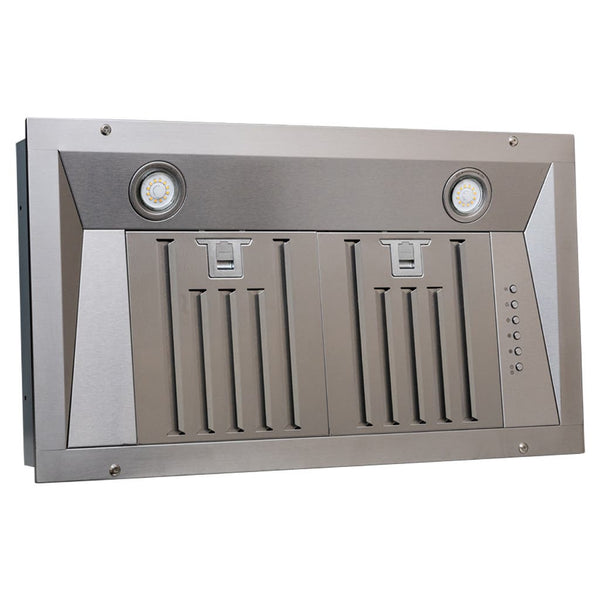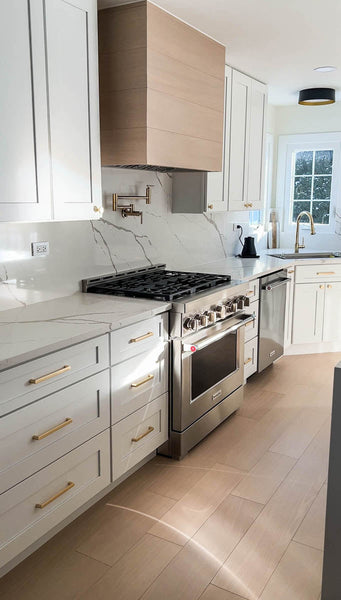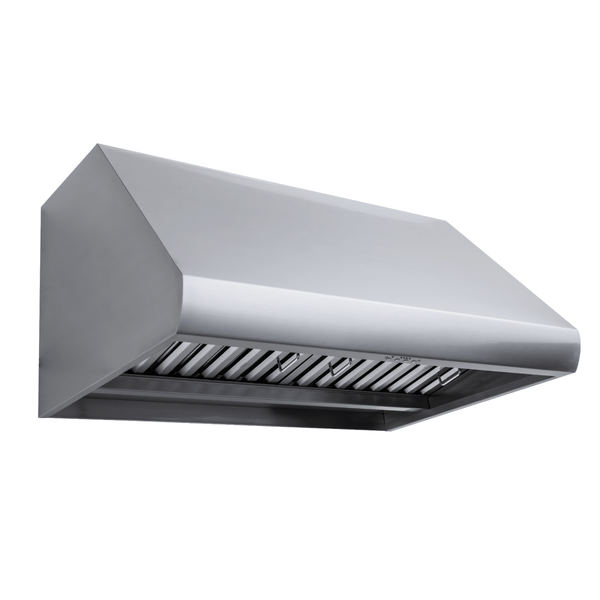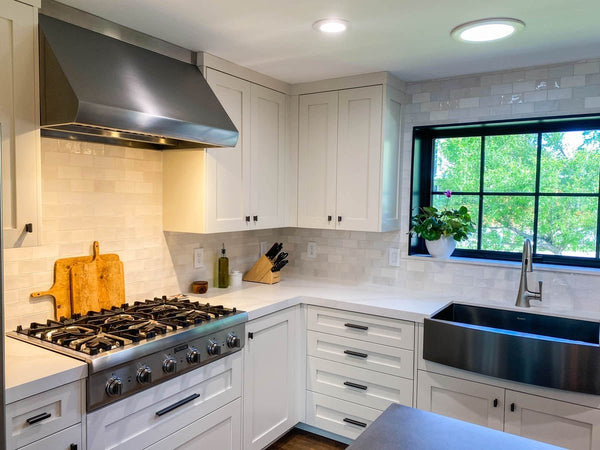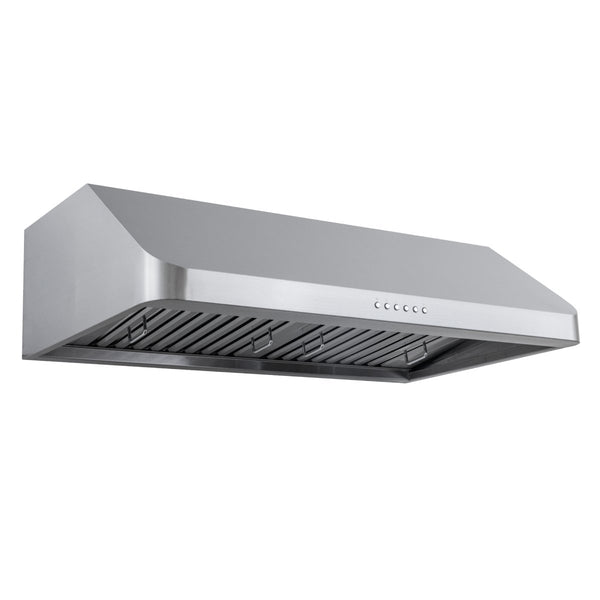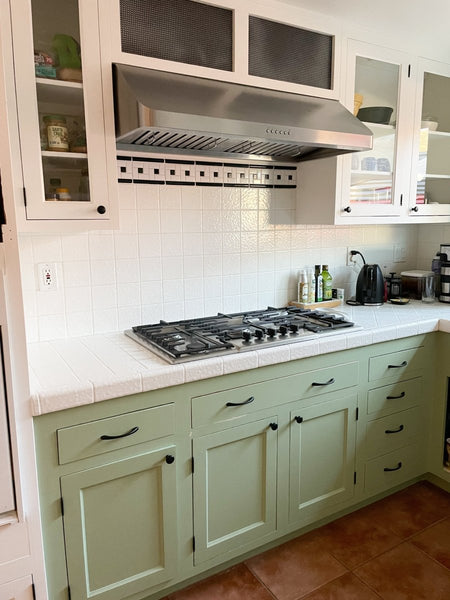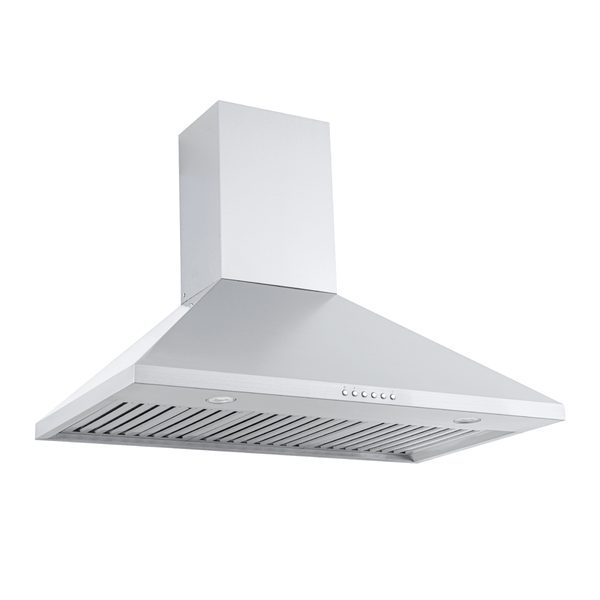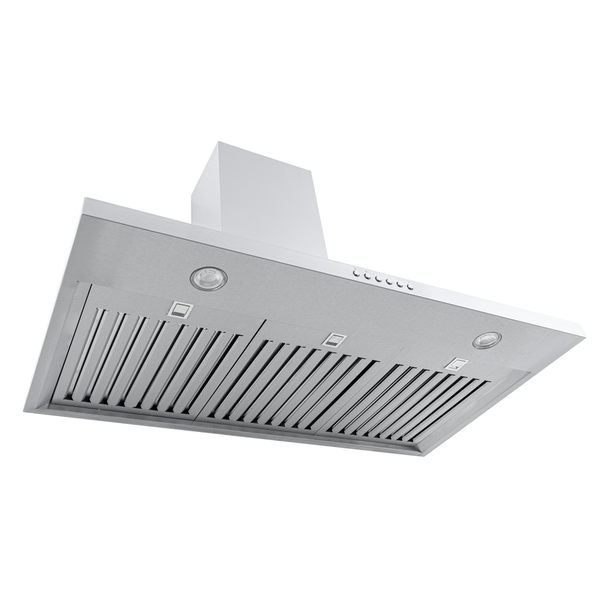Are you tired of your kitchen surfaces being covered in grease? Cooking can be a messy business, and it's all too easy for grease to build up on your kitchen cabinets, stove, and countertops. Fortunately, there's a solution: degreaser.
Degreasers are powerful cleaning agents designed to break down and dissolve grease, making it easy to wipe away. They're an essential tool for any home cook and can help keep your kitchen looking and smelling clean. In this article, we'll show you how to use a degreaser effectively to clean every surface in your kitchen, from your cabinets to your stovetop. Whether you're a seasoned chef or just learning to cook, you'll find these tips helpful for keeping your kitchen clean and grease-free.
If you need help selecting the best kitchen degreaser, check out our article on it here.
Preparing the Kitchen
Before using a degreaser in your kitchen, it is important to prepare the area properly. This will not only make the cleaning process more efficient, but it will also help protect your surfaces from damage.
Clearing the Area
The first step in preparing your kitchen is to clear the area of any clutter. Remove any dishes, utensils, or appliances from the countertops and stovetop. This will give you more room to work and prevent any items from getting in the way of your cleaning.
Next, remove any loose debris or food particles from the surfaces you will clean. Use a dry cloth or paper towel to wipe away any crumbs or spills. This will help ensure the degreaser can effectively penetrate the grease and grime on your surfaces.
Protecting Surfaces
While degreasers are effective at cutting through grease and grime, they can also be harsh on certain surfaces. To avoid damage, it is important to protect your surfaces before using a degreaser.
For surfaces like countertops and stovetops, consider using a protective mat or cloth to prevent any scratches or damage. For wooden surfaces, be sure to use a safe degreaser on wood, or consider using a milder cleaning solution like vinegar and water.
Always follow the manufacturer's instructions when using a degreaser and avoid leaving the solution on for too long. Rinse the surfaces thoroughly with water and dry them with a clean cloth to prevent any water spots or streaks.
By properly preparing your kitchen before using a degreaser, you can ensure that your surfaces are effectively cleaned while also protecting them from damage.
Using the Degreaser
When it comes to cleaning your kitchen, using a degreaser can be a game-changer. However, it's important to use it correctly to get the best results. Here are some tips on how to use a degreaser effectively.
Diluting the Degreaser
Before using the degreaser, it's important to dilute it properly. Read the instructions on the bottle carefully, and follow the recommended dilution ratio. If you're using a concentrated degreaser, you'll need to mix it with water before use.
Applying the Degreaser
Once you've diluted the degreaser, it's time to apply it to the surfaces you want to clean. Use a spray bottle or a sponge to apply the degreaser evenly. Be sure to cover all the greasy areas, including the stovetop, countertops, and cabinets.
Scrubbing the Surfaces
After applying the degreaser, let it sit for a few minutes to allow it to penetrate the grease. Then, use a scrub brush or a sponge to scrub the surfaces gently. Be sure to use a gentle touch, especially if you're cleaning delicate surfaces like wooden cabinets.
If you're cleaning a particularly stubborn stain or grease buildup, you may need to repeat the process a few times. However, be careful not to overuse the degreaser, as it can damage some surfaces if used too frequently.
By following these simple steps, you can use a degreaser effectively to keep your kitchen clean and grease-free. Remember to always read the instructions carefully and use the degreaser as directed to get the best results.
Rinsing and Drying
Once you have applied the degreaser to your kitchen surfaces, it is important to rinse and dry them properly to ensure that all the grease and cleaning solution is removed. Here are some tips on how to rinse and dry your kitchen surfaces effectively:
Rinsing the Surfaces
After you have applied the degreaser, rinse the surfaces with clean water to remove any remaining cleaning solution. You can use a clean cloth or sponge to wipe down the surfaces and remove any excess water.
If you are cleaning your kitchen sink, rinse it thoroughly with hot water to remove any remaining grease or food particles. You can also use a scrub brush to remove any stubborn stains or residue.
Drying the Surfaces
After rinsing the surfaces, it is important to dry them thoroughly to prevent any water spots or streaks from forming. You can use a clean, dry cloth to wipe down the surfaces and remove any excess water.
If you are cleaning your kitchen sink, dry it thoroughly with a clean towel to prevent any water spots or rust from forming. You can also use a stainless steel cleaner to polish the sink and remove any fingerprints or smudges.
Here are some additional tips on how to properly rinse and dry your kitchen surfaces:
- Use a separate cloth or sponge for rinsing and drying to prevent cross-contamination.
- Make sure to rinse and dry the corners and edges of your kitchen surfaces to remove any leftover grease or cleaning solution.
- If you are cleaning your kitchen appliances, follow the manufacturer's instructions for proper cleaning and maintenance.
- Always wear gloves and protective eyewear when cleaning solutions to prevent skin or eye irritation.
By following these tips, you can ensure your kitchen surfaces are properly rinsed and dried, leaving them clean and free of grease or residue.
Find the best kitchen degreasers here.
Maintenance Tips
To ensure that your kitchen remains clean and grease-free, it is important to maintain your degreaser. Here are some tips to help you keep your degreaser in good condition.
Regular Cleaning
Regular cleaning of your degreaser is essential to ensure that it remains effective. After each use, wipe down the bottle with a damp cloth to remove any grease or residue. If the bottle is particularly dirty, you can use a mild detergent and warm water to clean it.
It is important to avoid using abrasive cleaners or scrubbers, as these can damage the bottle and reduce the effectiveness of the degreaser. Additionally, rinse the bottle thoroughly after cleaning to remove any soap residue.
Storing the Degreaser
Proper storage of your degreaser is also important to ensure its effectiveness. Store the bottle in a cool, dry place away from direct sunlight and heat sources. Make sure to keep the bottle out of reach of children and pets.
When storing the degreaser, make sure to keep it upright to prevent leaks. If you are storing the degreaser for an extended period of time, it is a good idea to check the bottle periodically to ensure that it has not leaked or become damaged.
In addition to these tips, it is important to follow the manufacturer's instructions for use and disposal of the degreaser. Following these maintenance tips ensures that your degreaser remains effective and your kitchen stays clean and grease-free.
Click here to learn how to make your own homemade degreaser if that interests you.
FAQs
Here are some frequently asked questions about using degreasers in your kitchen:
1. What is a degreaser?
A degreaser is a cleaning solution that is specifically formulated to remove grease and oil. It is used to clean surfaces that are prone to grease buildup, such as kitchen countertops, stovetops, and cabinets.
2. Can I use a degreaser on all surfaces?
No, you cannot use degreaser on all surfaces. Some surfaces, such as wood and painted surfaces, are sensitive to harsh chemicals and may be damaged by degreasers. Always read the label on the degreaser to ensure that it is safe for use on the surface you want to clean.
Tips on cleaning grease from your ceiling here.
3. How do I use a degreaser?
To use a degreaser, first, remove any loose debris or food particles from the surface you want to clean. Then, spray the degreaser onto the surface and let it sit for a few minutes. Finally, wipe the surface clean with a damp cloth or sponge.
4. Can I use a degreaser to clean my oven?
Yes, you can use a degreaser to clean your oven. However, make sure that the degreaser you use is safe for use on the type of oven you have. Also, make sure that you follow the instructions on the degreaser carefully to avoid damaging your oven.
For tips on how to clean a greasy kitchen.
5. What are some natural alternatives to degreasers?
Some natural alternatives to degreaser include vinegar, baking soda, and lemon juice. These natural cleaners can be used to remove grease and oil from surfaces in your kitchen.
For a whole guide on how to clean greasy blinds.
6. How often should I use a degreaser in my kitchen?
The frequency you should use degreasers in your kitchen depends on how often you cook and how much grease and oil accumulate on your surfaces. Generally, it is a good idea to use a degreaser at least once a week to keep your kitchen clean and hygienic.
